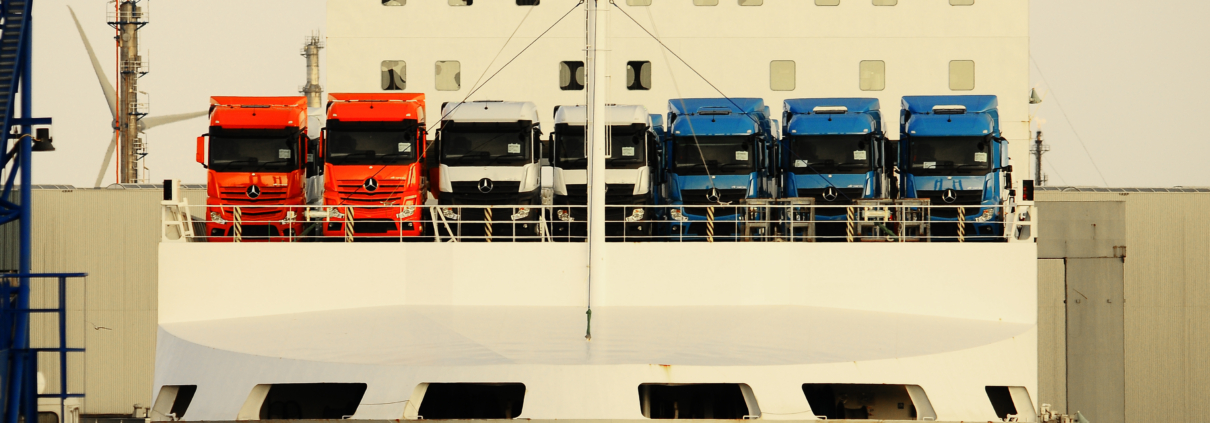Attention carriers! Temporary storage and pre-lodgement place new demands on import in UK
www.getreadyforbrexit.eu – Since the 1st of January, the British government has been using two different models for the entry of cargo into the UK: temporary storage and pre-lodgement.
Temporary storage
Goods entering the UK can be stored at the border at a temporary storage facility (often the terminal) for up to 90 days. For the transporter, nothing changes in the booking process or terminal call in the Netherlands. After the importer or their representative have submitted the declaration to British Customs, the goods travel on to their final destination.
Pre-lodgement
The British importer or their representative already submit the declaration before the ferry departs in the Netherlands. Attention transporters in the Netherlands! Before the driver proceeds to the ferry terminal, you must first link declaration(s) submitted in the UK to your trailer in the British Goods Vehicle Management Service (GMVS). Read here how this works. Upon arrival in the UK, the cargo can next usually continue immediately, or the driver is referred to an Inland Border Facility (IBF) for inspection.
When temporary storage, when pre-lodgement?
The ports which are served by the Dutch ferry operators allow for both access models. Check this schedule for each ferry operator to see when temporary storage is applicable to your cargo and when pre-lodgement.
As a transporter, also be sure to carefully check for each shipment which model the British importer (or their representative) has selected: temporary storage or pre-lodgement. This prevents unnecessary delays at the Dutch ferry terminals and at the British border.
Please note! If you select the wrong model, this can often no longer be corrected after arrival at the Dutch ferry terminals. The shipment will automatically fall under the temporary storage model.



